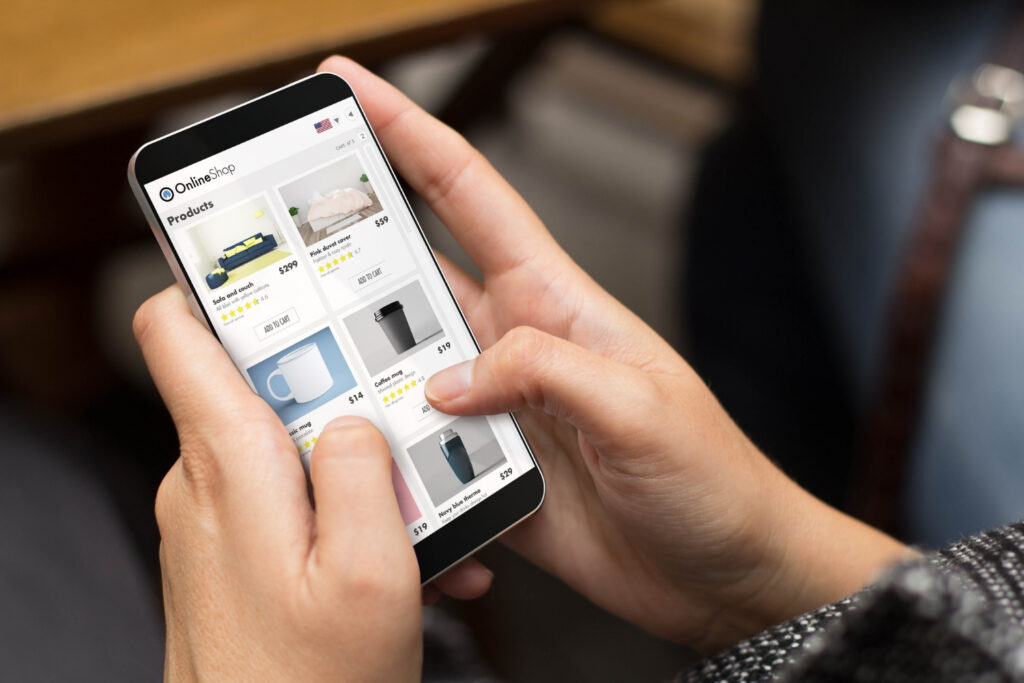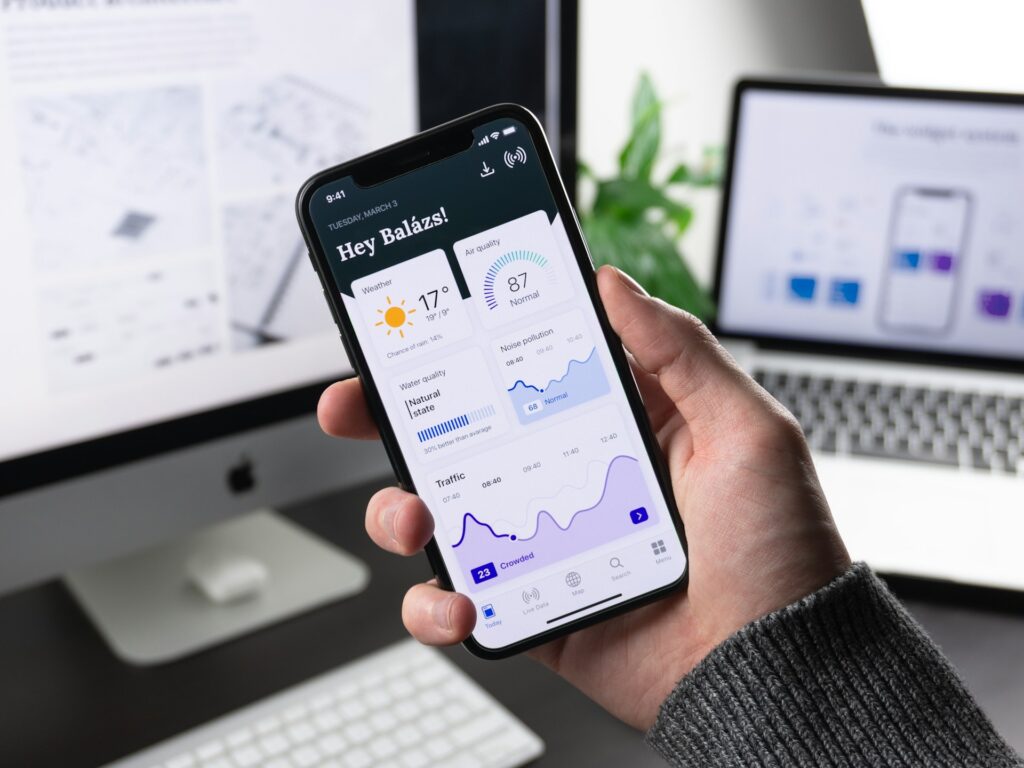Nearshore Flutter app development is a strategy gaining traction in the tech industry. It’s about working with development teams in neighboring countries rather than halfway across the globe. This approach provides benefits like proximity, cultural compatibility, and often better communication due to similar time zones. The popularity of Flutter, a UI toolkit created by Google, continues to rise due to its ability to help developers build beautiful, natively compiled applications for mobile, web, and desktop from a single codebase. Combining the power of Flutter with nearshore development can significantly enhance project outcomes, offering both cost-effectiveness and high-quality results.
Choosing the right development methodology is crucial for any app development project. By leveraging nearshore resources, teams can access skilled professionals who understand local market nuances and maintain alignment with project goals. This method promotes a collaborative environment where ideas can flow freely, leading to innovative solutions. Additionally, nearshore development makes it easier to adapt to any changes in project requirements, ensuring the app development process remains smooth and efficient.
Planning and Requirement Gathering
Planning and requirement gathering form the backbone of any app development process. This phase is where the foundation of the project is laid, setting the stage for all subsequent stages. To start, clearly identifying project goals and objectives is essential. Whether it’s enhancing user engagement or improving functionality, having a clear goal helps steer the project in the right direction. It’s also important to involve stakeholders early on to ensure their insights and needs are accurately captured.
Understanding customer requirements is the next critical step. This involves taking a deep dive into who the end-users are and what they expect from the app. Getting this part right can mean the difference between a successful app and one that doesn’t resonate with its intended audience. It’s about asking the right questions and actively listening to what users need. For instance, if the app is designed for booking travel accommodations, features like user-friendly interfaces and secure payment options would be high on the priority list.
Creating a detailed project roadmap acts as a guide throughout the app development journey. It outlines the steps necessary to achieve the project’s goals and helps keep the development team on track. The roadmap should include key milestones, deadlines, and any potential roadblocks that might arise. By having a clear plan in place, teams can allocate resources more effectively and ensure timely delivery. Here’s a simple checklist to aid the planning process:
– Define clear project goals and objectives.
– Engage with stakeholders to gather insights.
– Understand who the end-users are and their requirements.
– Develop a project roadmap with milestones and deadlines.
– Identify potential challenges and devise strategies to handle them.
Effective planning and requirement gathering not only set the tone for the entire project but also foster a structured approach that encourages timely completion and aligns the final product with user expectations.
Design and Prototyping
The design phase is a pivotal part of nearshore Flutter app development, laying the groundwork for creating a seamless and visually appealing user experience. It starts with the importance of strong UI/UX design, as this helps determine how users will interact with the app. A well-thought-out design not only makes the app visually attractive but also ensures it’s intuitive for users. This leads to better engagement and satisfaction levels.
Wireframing and prototyping are the next steps in bringing the app to life. These techniques allow developers to visualize the app’s structure and functionality before any coding begins. A wireframe serves as a blueprint, highlighting how each app feature works and interacts with others, while a prototype offers a preliminary version of the app to test different elements and flows. For example, if an app focuses on task management, a prototype can demonstrate how a user might add and track tasks, providing invaluable insights into possible improvements.
Certain tools and best practices can streamline this design process. Some popular tools include Sketch, Figma, and Adobe XD, which offer robust features for creating wireframes and prototypes. Meanwhile, adhering to best practices such as maintaining design consistency, keeping user feedback in mind, and ensuring accessibility can further enhance the design quality.
Development and Testing
Once the design is set, the development phase begins, involving both coding and testing. This phase is where the app’s framework and core functions are built. Starting with setting up the development environment, it’s essential to choose the right tools and technologies. Flutter’s versatility makes it a strong choice, allowing developers to write clean and efficient code that works seamlessly across multiple platforms.
Writing code with Flutter involves focusing on clarity and effectiveness, reducing redundancy, and ensuring maintainability. It’s important here to use Flutter’s extensive libraries and widgets, which simplify the task of creating responsive and beautiful layouts. The development phase should also include regular testing to catch errors early on and ensure the app meets initial design and functionality expectations.
Testing is an ongoing process that involves a variety of methods, including automated and manual tests. Continuous testing helps maintain app quality by identifying potential bugs or performance issues before they reach end-users. Quality Assurance (QA) testing should be integrated into the development workflow, paving the way for a stable and reliable application.
Conclusion: Wrapping It All Up
Finalizing an app through deployment and consistent maintenance is just as important as its initial development. Deploying a Flutter app involves several steps, such as app store submission and ensuring all performance metrics are met. It’s the last hurdle toward getting the app in users’ hands, requiring careful attention to detail.
Post-deployment, monitoring app performance and gathering user feedback become key tasks. Regular updates and maintenance should address any emerging bugs or user feature requests, ensuring the app remains relevant and functional. By keeping an eye on performance analytics and making improvements where needed, developers can maintain user satisfaction and encourage long-term app use.
The process of nearshore Flutter app development is a journey that blends creativity, technical skill, and strategic planning. By following these structured steps, teams can leverage the benefits of nearshore resources to deliver a product that stands out, catering to both business needs and user expectations.
If you’re looking for a smarter way to build high-quality apps without the usual delays and confusion, nearshore flutter app development might be the perfect fit. Nearshore flutter app development through NetForemost offers reliable expertise and flexible collaboration that helps bring your ideas to life efficiently and effectively.






